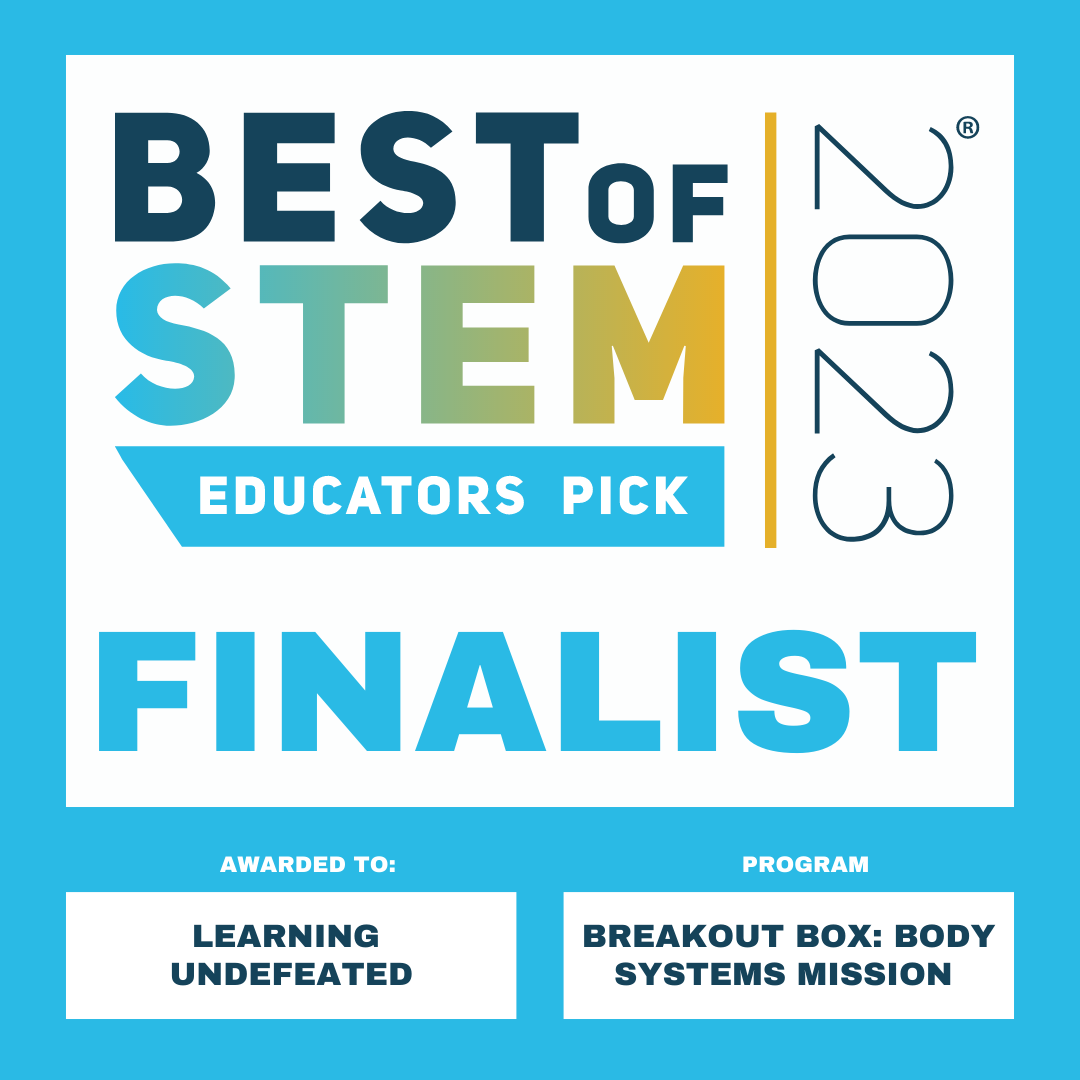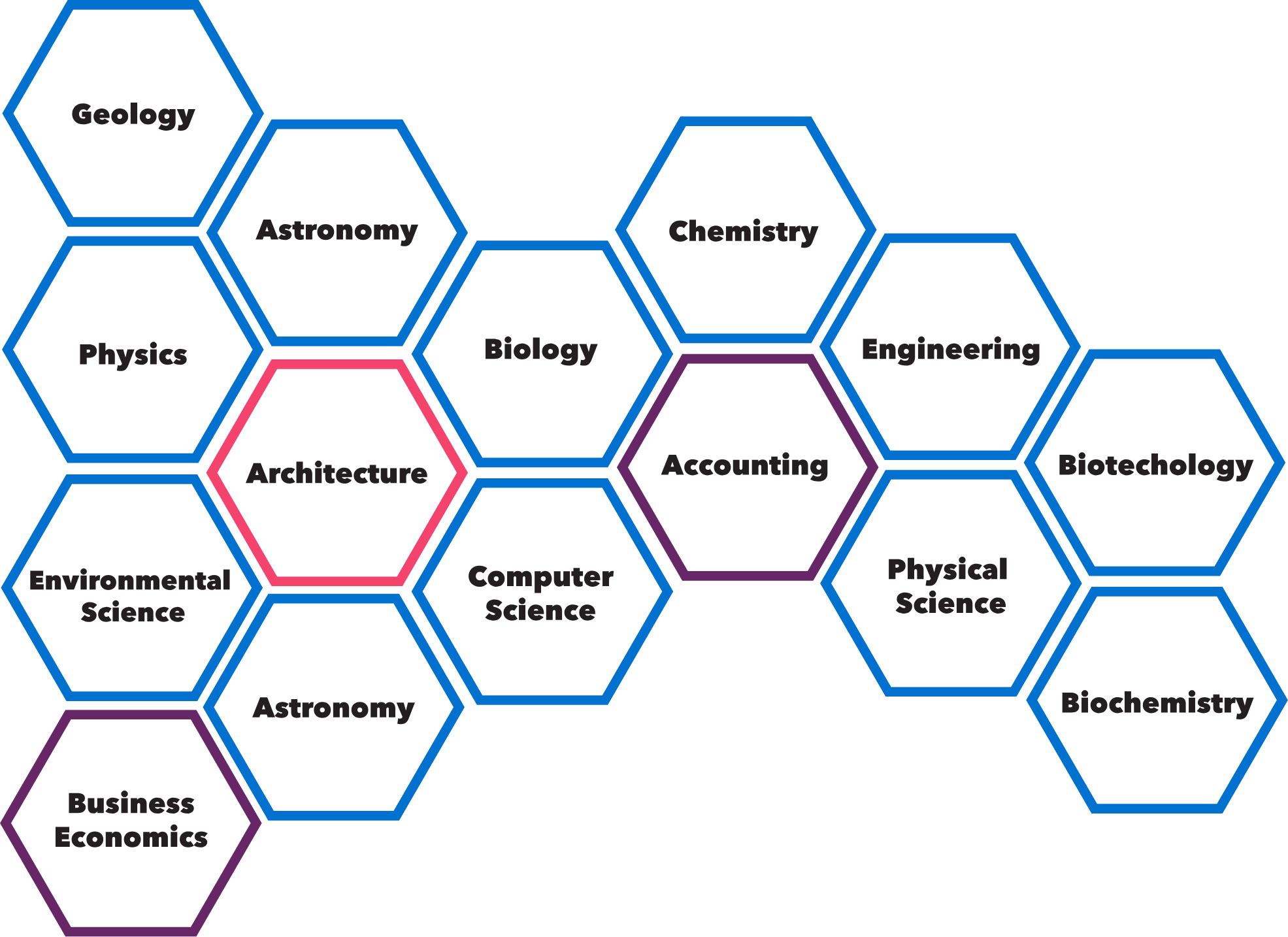Navigating Excursions Expert Field Trip Advice for Educators

Introduction: The Adventure Awaits
Ah, the excitement of planning a field trip—visions of engaged students, hands-on learning, and unforgettable experiences dance in our minds. But hold on to your hats, educators! Navigating these excursions requires more than just a bus and a destination. In this guide, we unveil expert field trip advice to ensure your educational adventures are not just memorable but also smoothly executed.
Pre-Trip Preparations: Building the Foundation
Before the wheels on the bus go round and round, meticulous planning is your ticket to success. Begin by selecting a destination that aligns with your curriculum goals and the interests of your students. Once chosen, dive into the nitty-gritty details—transportation arrangements, permission slips, and a detailed itinerary that leaves no stone unturned.
Know Your Terrain: Researching the Destination
Every location holds its surprises, and your field trip locale is no exception. Dive into the history, geography, and potential hazards of your destination. Armed with this knowledge, you can tailor your plans, prepare students for what they’ll encounter, and anticipate any unexpected twists.
Safety First: Establishing Protocols
When it comes to field trips, safety is non-negotiable. Establish clear safety protocols well in advance, covering everything from emergency contacts to student supervision ratios. Prepare a comprehensive first aid kit, assign chaperones specific roles, and ensure everyone knows what to do in case of an emergency.
The Buddy System: Strength in Numbers
Ah, the buddy system—tried, tested, and loved by teachers everywhere. Pair students up before the trip, assigning each duo the responsibility of looking out for one another. This not only fosters a sense of camaraderie but also ensures no one gets lost in the excitement of the adventure.
Communication is Key: Keeping Everyone Informed
A well-informed group is a safe group. Communicate trip details, expectations, and rules to both students and chaperones. Provide clear instructions on meeting points, schedules, and what to do in case of unexpected changes. Keep lines of communication open throughout the trip to address any concerns or questions.
Navigating Logistics: Smooth Sailing Ahead
Field trips are a logistical dance, requiring careful choreography to ensure everything runs smoothly. Organize transportation, tickets, and any necessary reservations well in advance. Have contingency plans in place for unexpected delays or changes, and always have a backup contact list on hand.
Educational Engagement: Making Learning Fun
While safety is paramount, let’s not forget the main reason for the trip—learning! Design engaging activities, scavenger hunts, or interactive experiences that tie directly to your curriculum. Encourage students to ask questions, explore independently, and immerse themselves fully in the educational adventure.
Cultural Sensitivity: Respecting Local Customs
As you venture into new territories, be mindful of the cultures and communities you encounter. Teach students to respect local customs, traditions, and sacred spaces. Encourage them to engage respectfully with locals, ask questions with curiosity, and leave a positive impression of your school and community.
Capture the Moments: Reflecting on the Experience
As the adventure draws to a close and the bus ride home begins, take the













